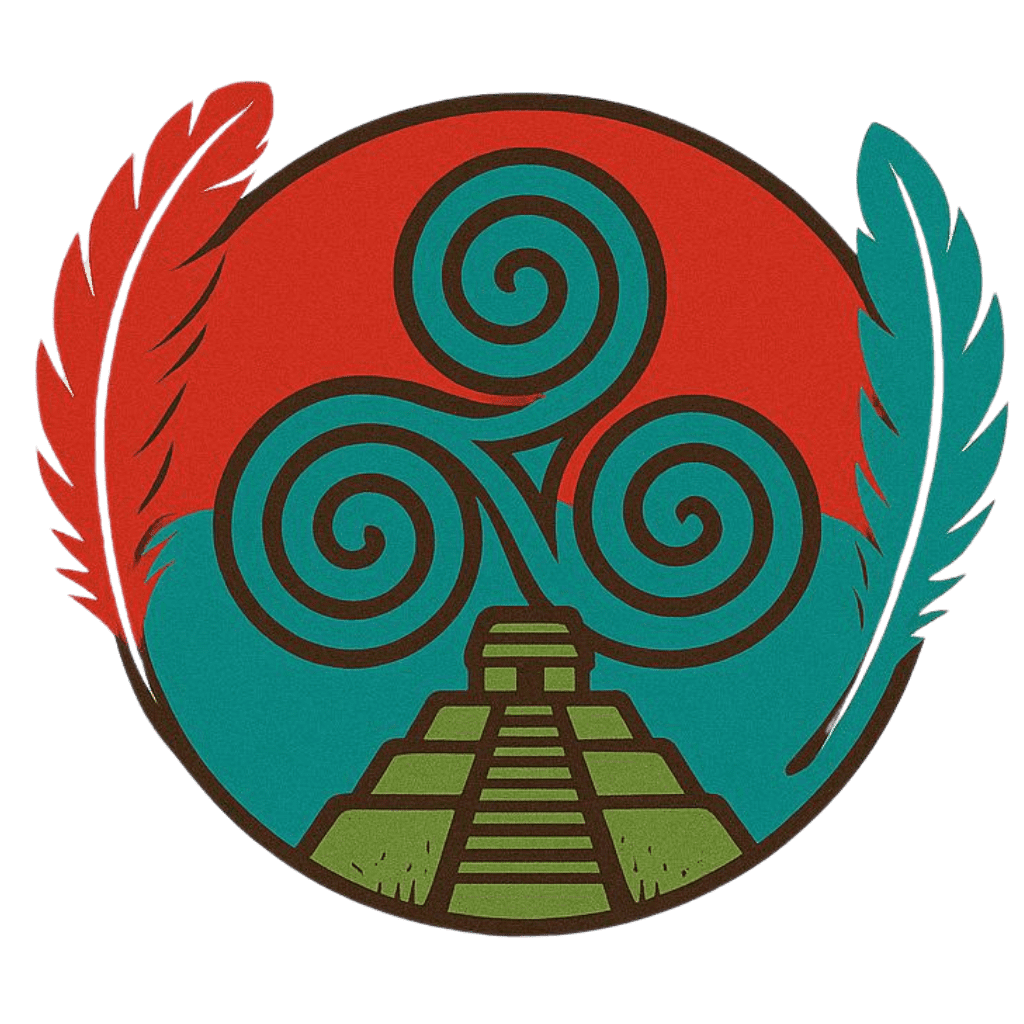Our Rebel Chiefs

Caonabo
"1493"
Caonabo, cacique of Ayiti, led attacks against the Spaniards for the mistreatment of the Taíno people, resulting in an uprising where 39 were killed, and he was subsequently arrested.
Legend has it that the ship carrying him would not arrive at its destination because he led a revolt and sank it at sea.
And it is documented that this ship was lost in a shipwreck not far off the coast due to an uprising.

Anacaona
Anacaona went into the mountains to regroup her people and fortify their plans against the Spanish.
From their position, they attacked the Spaniards for ten years as they continued to maintain their stronghold on the mountains. Approaching conquistadors were met with spears or rolling boulders in guerrilla warfare.
The chief of the Magua region informed Nicolás de Ovando of her plans to meet with the other cacique chiefs of the other kingdoms.
Nicolás de Ovando understood this as an opportunity and then had the cacique give him information on the location of the meeting.

Anacaona's monument located in Leogane, Ayiti, where she was born.
The meeting was to be set in a lodge in Maguana, a chosen meeting place for security purposes.
When the caciques were seated, they were unaware of the danger around them until they were boarded in, and fire was lit to the roof and thrown into the windows by the conquistadors.
The caciques, hopeful for Anacaona's escape, helped her out of a window before the flames rose too high and they were burned alive.
Anacaona was seized by Ovando and put in chains. Her nephew Enriquillo, or grand-nephew, was taken from her arms. In one swoop, he had quelled the resistance and killed any chiefs.
Ovando then gave the queen two choices:
Two choices:
Become a prostitute and be used by his men, or she would be hanged for insurrection against the Queen of Spain.
She, being a powerful figure and an example to her people, chose death.
And she died in 1504.

Guaracuya
The nephew or grand-nephew of Anacaona was raised in a monastery in Santo Domingo during that time but would stir another rebellion after the rape of his wife.
After seeking and failing to obtain justice in the Spanish courts, he took himself and his people to the Guayamoc mountains to avoid the Spaniards. There, he began utilizing the cave systems and began liberating the indigenous people from other plantations on the island.
He would fight with Ciguayo and Tamayo, two other leaders who would join Enriquillo, though their attacks were more violent. None was more feared and fierce than Tamayo, who wore a garland of Spanish ears.
Later, this brave warrior would be executed by the Spanish governor for his actions against injustice and oppression. Ciguayo would also die.
Guaracuya, also known as Henry or Enriquillo, would continue to win battle after battle, and he would be the first to obtain a treaty in the Americas between Spain and the indigenous people. He gained territory for the maroons: Lucayan, Taíno, and Huasteca people who had joined his rebellion upon arrival to the island, and these places are as follows: Ti Guave, La Gonave, Hinche, and Banica.

Bohechío
Brother of Anacaona, he died during the mountain battles against the Spanish and succeeded his kingdom to his sister, Anacaona.
1503

Hatuey
Hatuey: The Fire That Would Not Kneel
Hatuey was a Cacique (chief) of the Arawak-Taíno people, born in the land we now call Haiti (Ayiti). When the Spanish invaded Hispaniola, bringing slavery and death, Hatuey rose not just as a warrior but as a seer, a prophet, and a protector of his people.
He escaped the first waves of Spanish conquest on Hispaniola and sailed with 400 followers in canoes to the neighboring island of Cuba, hoping to warn the Taíno there of what was coming. His message was clear:
“These men worship gold as if it were their god. For gold they kill. For gold they enslave. If you do not give it to them, they hunt you like animals.”
Hatuey called for resistance, not submission, not treaty. He urged the people to choose dignity over survival, to live free or die with honor. He led guerrilla-style attacks against the Spanish for months, retreating into the forests and striking with precision.
But the Spanish, with superior weapons and dogs trained to kill, captured him.
.
⸻

The Death of Hatuey
When Hatuey was tied to the stake to be burned alive, a Spanish priest offered him a chance to convert to Christianity, promising heaven if he accepted Christ.
Hatuey asked:
“Do Christians go to heaven?”
The priest answered: “Yes, if they believe.”
Hatuey replied:
“Then I do not want to go to heaven. I would rather go to hell where I will not see such cruel people.”
He was burned alive on February 2, 1512, in Yara, Cuba. His last breath was not a plea; it was a refusal, a rejection of the God of the invader, a declaration that spirit is greater than body, and that freedom is not granted—it is defended.
Hatuey is one of many freedom fighters, one of many rebel chiefs of Ayiti.

